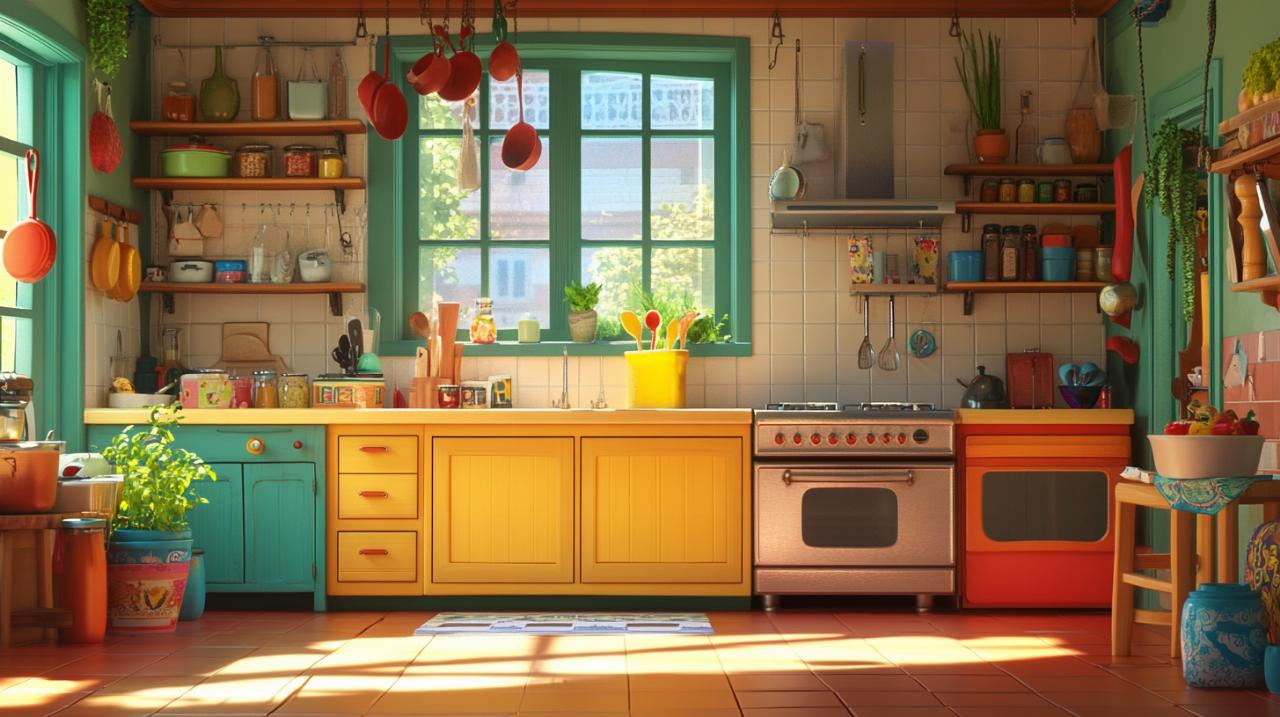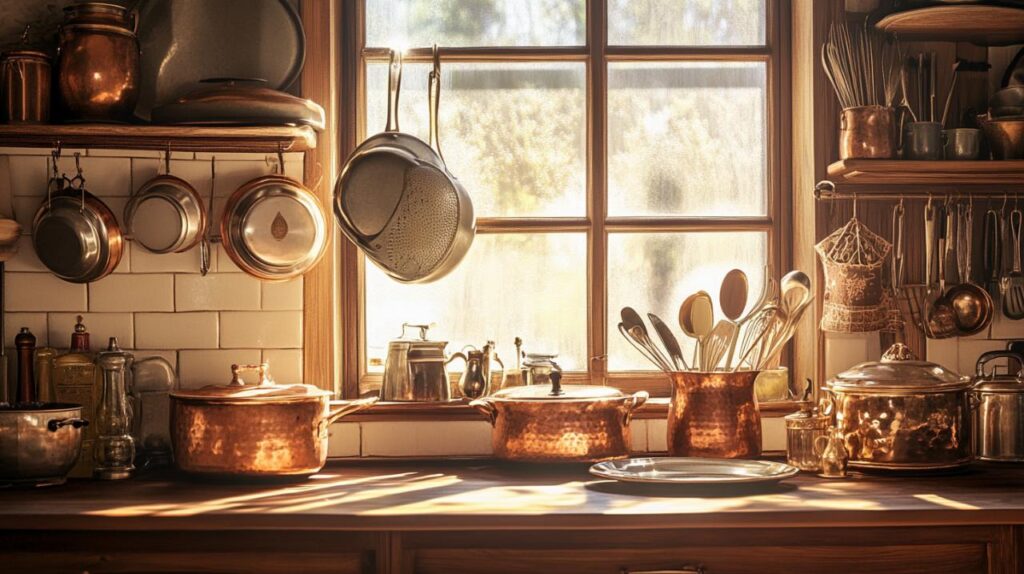The 1990s were a magical time for animated television programmes, brimming with memorable characters that left an indelible mark on popular culture. From daydreamers in beige waistcoats to fearless nappy-wearing adventurers, these animated characters captured hearts and imaginations across the globe. With voting statistics showing hundreds of thousands of fans still celebrating these beloved figures, it’s clear their legacy endures. Let’s take a proper look at some of the most iconic personalities that defined the decade and continue to resonate with audiences today.
Doug Funnie: The Relatable Daydreamer in the Beige Waistcoat
Doug Funnie stands as one of the most relatable animated characters to emerge from 1990s animation. This lad from Bluffington struck a chord with viewers thanks to his everyday struggles, vivid imagination, and that unmistakable beige waistcoat he wore religiously. Unlike many cartoon protagonists who possessed superhuman abilities or lived in fantastical worlds, Doug was refreshingly ordinary. He worried about fitting in at school, fretted over his crush on Patti Mayonnaise, and navigated the awkward terrain of adolescence with endearing authenticity. His daydreams transported him into alter egos like Quailman, allowing viewers to escape alongside him whilst recognising their own desires to be braver or more confident.
Why doug’s journal made him such a memorable character
The journal Doug constantly scribbled in became his defining characteristic and a narrative device that elevated the programme beyond typical children’s fare. Through his written reflections, audiences gained intimate access to his thoughts, fears, and aspirations. This introspective quality was rather unusual for animated characters of that era, particularly those aimed at younger viewers. Doug’s journal entries provided a window into his soul, making him feel like a genuine mate rather than a distant cartoon figure. The act of writing also normalised self-reflection and emotional expression for a generation of children who might otherwise have struggled to articulate their feelings. In many ways, Doug’s journal was as iconic as his beige waistcoat, serving as a literary companion that validated the inner lives of countless viewers.
The fashion and quirks that defined doug’s personality
Beyond his introspective nature, Doug possessed a distinctive visual style that made him instantly recognisable. That beige waistcoat, paired with his shorts and high-top trainers, created a look that was simultaneously dorky and endearing. His green skin tone set him apart in a world populated by characters of various hues, each colour seemingly representing different personality types within the show’s universe. Doug’s quirks extended beyond fashion, encompassing his peculiar friendship with Skeeter Valentine, his long-suffering dog Porkchop, and his awkward interactions with the school bully Roger Klotz. These elements combined to create a character who felt three-dimensional and genuine, proving that animated characters needn’t be larger-than-life to capture audiences’ affections. Much like how beauty tips and tricks help individuals express their authentic selves, Doug’s unique style reflected his inner character and made him a fashion icon in his own right within the realm of television programmes.
Tommy pickles: the fearless baby adventure seeker
Tommy Pickles from Rugrats embodied fearless curiosity wrapped in a nappy. Bald as a coot and armed with nothing but a screwdriver and boundless optimism, this little tyke led his gang of baby friends on adventures that transformed mundane household environments into epic landscapes. Tommy’s perspective made the ordinary extraordinary, turning a simple trip to the garden into a jungle expedition or a visit to the supermarket into a thrilling quest. His character challenged the notion that babies were helpless or passive, instead presenting infancy as a time of bold exploration and creative problem-solving.
Tommy’s leadership amongst the rugrats gang
What truly set Tommy apart was his natural leadership ability. Despite being surrounded by a diverse group of toddler personalities, including the anxious Chuckie, the bossy Angelica, and the mischievous twins Phil and Lil, Tommy consistently emerged as the voice of reason and bravery. He possessed an innate ability to rally his friends, articulate plans, and push forward even when others hesitated. This leadership wasn’t based on aggression or dominance but rather on genuine care for his mates and an unwavering belief that everything would work out. Tommy’s approach to leadership offered young viewers a model of courage that emphasised empathy, creativity, and persistence rather than brute strength or intimidation.
Memorable Scrapes and Adventures with Chuckie and Friends
The adventures Tommy embarked upon with Chuckie and the rest of the Rugrats gang became legendary within 1990s animation. Whether escaping from the playpen, searching for lost toys, or misinterpreting adult conversations in hilariously creative ways, these scrapes showcased the imaginative potential of childhood. Tommy’s relationship with Chuckie was particularly touching, as the fearless leader constantly encouraged his anxious best mate to overcome fears and join in the fun. These dynamics created narrative depth that elevated Rugrats above simple slapstick comedy, offering instead a nuanced exploration of friendship, loyalty, and growing up. The show’s ability to balance humour with genuine emotional moments made Tommy Pickles and his crew enduring favourites among animated characters from the era.
Daria Morgendorffer: The Sardonic Voice of a Generation
Daria Morgendorffer arrived on television screens as the antithesis of typical teenage protagonists. Utterly sardonic, perpetually unimpressed, and equipped with glasses that seemed to magnify her penetrating gaze, Daria became the voice of disaffected youth everywhere. Her character originated as a supporting player on Beavis and Butt-Head before spinning off into her own programme, where her deadpan observations on suburban life, high school hierarchies, and societal expectations resonated deeply with viewers who felt similarly alienated. Daria didn’t seek popularity or conform to beauty standards, and her refusal to play along with social niceties made her a refreshing presence in the landscape of 1990s animation.

Daria’s deadpan wit and clever comebacks
The hallmark of Daria’s character was her razor-sharp wit delivered in a monotone that somehow amplified the humour. Her clever comebacks cut through pretension and hypocrisy with surgical precision, offering commentary that was both hilarious and uncomfortably accurate. Whether deflating the ego of a self-absorbed classmate or exposing the absurdity of school policies, Daria’s observations felt like a breath of fresh air. Her friendship with Jane Lane provided a perfect foil, as Jane’s artistic sensibility complemented Daria’s intellectual cynicism. Together, they navigated the treacherous waters of adolescence with humour and integrity, proving that animated characters could tackle complex social themes whilst remaining thoroughly entertaining.
How Daria Became the Ultimate Clever Clogs of 90s Animation
Daria’s status as the ultimate clever clogs stemmed from her consistent ability to see through social facades and articulate uncomfortable truths. She represented a type of intelligence that wasn’t celebrated in typical teen-oriented media, one rooted in critical thinking and cultural analysis rather than academic achievement alone. Her character validated viewers who felt like outsiders, offering a model of someone who maintained integrity without becoming bitter or cruel. Daria’s influence extended beyond her original run, inspiring countless think pieces and remaining relevant in discussions about representation in television programmes. Her legacy demonstrates that animated characters can be both entertaining and intellectually stimulating, offering audiences substance alongside style in ways that continue to influence contemporary animation.
Dexter: The Tiny Genius with the Secret Laboratory
Dexter from Dexter’s Laboratory brought scientific ambition to animated characters in spectacular fashion. This diminutive genius with an inexplicable Eastern European accent spent his days conducting experiments in a massive secret laboratory hidden behind his bookshelf. The contrast between his small stature and enormous intellect created immediate comedic potential, whilst his inventions pushed the boundaries of imagination. Dexter embodied the archetype of the misunderstood genius, constantly thwarted either by his own hubris or by external interference, yet never losing his passion for discovery and innovation.
Dexter’s brilliant inventions and scientific adventures
The inventions Dexter created ranged from the practical to the utterly absurd, each one showcasing his boundless creativity and technical prowess. Whether constructing robots, developing new energy sources, or experimenting with dimensional travel, Dexter’s scientific adventures provided endless entertainment whilst subtly promoting interest in science and technology. His laboratory itself was a character in its own right, a sprawling complex filled with blinking lights, bubbling beakers, and machines whose purposes remained delightfully mysterious. These elements combined to create a visual feast that captured viewers’ imaginations and perhaps inspired a few future scientists. Dexter’s dedication to his work, despite repeated failures and setbacks, modelled persistence and passion in ways that resonated with audiences of all ages.
The never-ending battle between dexter and dee dee
The sibling dynamic between Dexter and his sister Dee Dee formed the emotional core of the programme. Dee Dee’s carefree, chaotic energy served as the perfect counterbalance to Dexter’s rigid, methodical approach to life. Her frequent invasions of his laboratory, often accompanied by her signature catchphrase, resulted in destruction that sent Dexter into apoplectic fits. Yet beneath the constant conflict lay genuine sibling affection, revealed in quieter moments that added depth to their relationship. This never-ending battle represented the universal experience of siblings driving each other mad whilst remaining fundamentally connected. The dynamic also highlighted different approaches to life, with Dee Dee’s spontaneity challenging Dexter’s need for control, creating a tension that fuelled countless storylines and made both characters more fully realised within the realm of 1990s animation.
The powerpuff girls: three distinct personalities saving townsville
The Powerpuff Girls burst onto screens as a revolutionary force in animated characters, combining superhero action with distinct personalities and genuine emotional depth. Created by Professor Utonium through a mixture of sugar, spice, everything nice, and the accidental addition of Chemical X, Blossom, Bubbles, and Buttercup became Townsville’s primary defenders against an array of colourful villains. What set them apart wasn’t merely their superpowers but their clearly defined individual traits, which allowed viewers to connect with different aspects of each character whilst appreciating how they functioned as a team.
Blossom, Bubbles, and Buttercup: A Study in Girl Power
Each Powerpuff Girl embodied a different facet of strength and femininity, challenging narrow definitions of what girls could be. Blossom, with her signature pink bow and natural leadership abilities, represented intelligence, planning, and responsibility. Bubbles, the blonde in pigtails, brought empathy, joy, and surprising ferocity when protecting those she loved. Buttercup, the green-clad toughest fighter, showcased physical prowess, determination, and a refusal to back down from any challenge. Together, they demonstrated that girl power encompassed multiple expressions of strength, from intellectual to emotional to physical. Their adventures in saving Townsville from threats ranging from Mojo Jojo to Him provided thrilling action sequences whilst never losing sight of the characters’ humanity, or rather, their super-humanity. The show’s feminist undertones, combined with its stylish animation and clever writing, made it a standout among television programmes of the era.
How each powerpuff girl’s unique flair made them icons
The distinct flair each Powerpuff Girl brought to the team elevated them beyond simple superhero archetypes into fully realised animated characters. Blossom’s perfectionism occasionally created conflict but also ensured the team remained focused and effective. Bubbles’ sensitivity, rather than being portrayed as weakness, often proved essential in understanding situations or connecting with others. Buttercup’s aggression, whilst sometimes problematic, demonstrated that girls could be tough and confrontational without losing their essential goodness. These nuanced portrayals allowed viewers to see themselves reflected in different characters or appreciate qualities they aspired to develop. The Powerpuff Girls’ impact extended far beyond their original run, influencing subsequent generations of animated programmes and contributing to broader conversations about representation and gender in media. Their place in cartoon rankings remains secure, with voting statistics consistently placing them among the most beloved animated characters from the 1990s, proving that thoughtful character development combined with exciting action creates timeless entertainment that resonates across decades.





